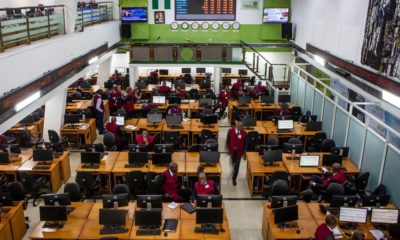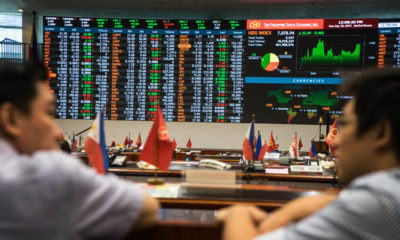Asian stocks were on edge on Wednesday as geopolitical tensions flared after Turkey downed a Russian fighter jet, while crude oil prices extended gains.
Spreadbetters expected some of the tension to have eased when trading begins in Europe, forecasting a slightly higher open for Britain’s FTSE .FTSE, Germany’s DAX .GDAXI and France’s CAC .FCHI.
MSCI’s index of Asia-Pacific stocks outside of Japan .MIAPJ0000PUS edged up 0.1 percent but shares in Hong Kong .HSI, Australia and South Korea .KS11 slipped.
Japan’s Nikkei .N225 shed 0.4 percent.
Adding to investor nervousness that followed attacks in Paris earlier this month, Turkey shot down a Russian aircraft near the Syrian border on Tuesday, saying the jet had violated its air space.
It was one of the most serious publicly acknowledged clashes between a NATO member country and Russia for half a century.
“The individual impact on the market from events like the Paris attacks and heightened security in Brussels may be small, but there is also uncertainty that’s worrying investors,” said Masaru Hamasaki, head of market & investment information department at Amundi Japan.
“The stock market does not like uncertainty,” Hamasaki said.
Still, some of the markets in the region managed to hold their own even as the tense backdrop kept buyers at bay. Shanghai shares edged up 0.3 percent .SSEC while Malaysian and Indonesian stocks also posted modest gains.
“The conclusion would be Russia would not want to take this too much further at a time when its economy is seeing some green shoots after the past two years of sanctions,” said Evan Lucas, market strategist at IG in Melbourne, adding that Turkey is Russia’s second-biggest energy customer.
The incident briefly sparked oil supply fears and sent crude prices surging overnight to 2-week highs.
U.S. crude CLc1 absorbed early profit taking on Wednesday and edged up 0.1 percent to $42.92 a barrel.
The rally in crude favoured commodity currencies such as the Australian dollar AUD=D4, which hovered near a 1-month high of $0.7276.
The Canadian dollar fetched C$1.3294 CAD=D4 to the greenback after pulling away from a 2-month low of C$1.3436 struck earlier this week.
The U.S. dollar was lower, hurt in part as the latest flare-up in geopolitical tensions stoked demand for safe-haven Treasuries and drove their yields lower.
The benchmark 10-year U.S. note yield US10YT=RR stood at 2.239 percent after touching a 3-week low of 2.206 percent overnight.
“I was a bit worried yesterday. So far Russia seems to be taking a ‘grown-up’ attitude, which was good but the market may remain a bit anxious,” said Takako Masai, head of market research at Shinsei Bank in Tokyo.
The dollar index against a basket of major currencies .DXY fell to 99.528, retreating from an 8-month peak of 100.000 set on Monday.
Against the yen, the greenback dipped to a 1-1/2 week low of 122.27 JPY= before crawling back to 122.43.
The euro EUR= gained 0.1 percent to $1.0655.
Prices of metals such as zinc, copper and nickel, which had recently plumbed multi-year lows, bounced on the back of the dollar’s retreat. A stronger dollar makes dollar-denominated metals more expensive for buyers. [MET/L]
However, industrial metals are seen remaining under pressure in the long run with an expected Federal Reserve interest rate hike in December likely to underpin the dollar.
Reuters


 Forex2 weeks ago
Forex2 weeks ago


 Naira2 weeks ago
Naira2 weeks ago
 Billionaire Watch1 week ago
Billionaire Watch1 week ago
 Company News4 weeks ago
Company News4 weeks ago




 Naira2 weeks ago
Naira2 weeks ago




 Naira1 week ago
Naira1 week ago




 Naira4 weeks ago
Naira4 weeks ago
 Nigerian Exchange Limited4 weeks ago
Nigerian Exchange Limited4 weeks ago



















